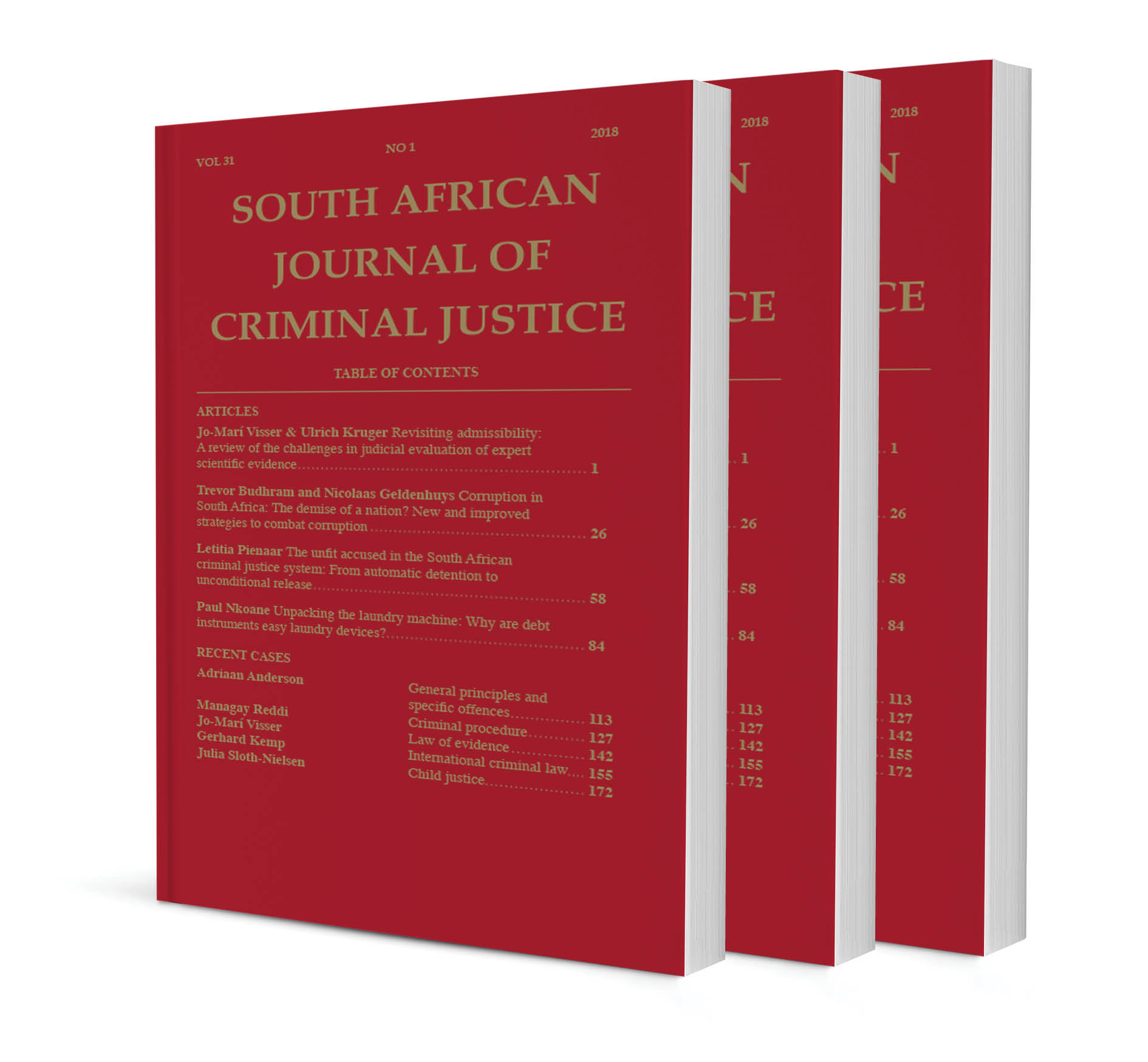The legal implications of S v Ndhlovu and Litako v S on the South African law of hearsay evidence: A critical overview

The legal implications of S v Ndhlovu and Litako v S on the South African law of hearsay evidence: A critical overview
Authors ‘Mampolokeng’ Mathuso Mary-Elizabeth Monyakane, Steven Moswetsi Monye
ISSN: 1996-2118
Affiliations: Senior Lecturer, Law of Evidence: Department of Criminal and Procedural Law, UNISA, and Advocate of the High Court of South Africa; Lecturer, Law of Evidence: Department of Criminal and Procedural Law, UNISA
Source: South African Journal of Criminal Justice, Volume 29 Issue 3, p. 308 – 332
Abstract
The change in course on the admission of extra-curial statements in S v Ndhlovu in 2000 caused concern about the correct way admissions of coaccused are to be admitted by the courts. Whilst many writers believed that s 3(1)(c) of the Law of Evidence Amendment Act 45 of 1988 accommodated admissions of co-accused against another, the case of Litako v S pointed out the anomalies that mitigated against that position. This article supports the view in Litako v S that corrected the earlier position of the court. It is the argument in this article that courts should not make out cases for the state and that it is the duty of the prosecution to establish a case to answer for each accused person, whether co-accused or not. It is further argued that the Law of Evidence Amendment Act never repealed the common-law principles regarding admissions, and that, if that were the case, the legislature should have expressly done so. Furthermore, it is argued that the approach in S v Ndhlovu opened too wide s 3 of the Law of Evidence Amendment Act.